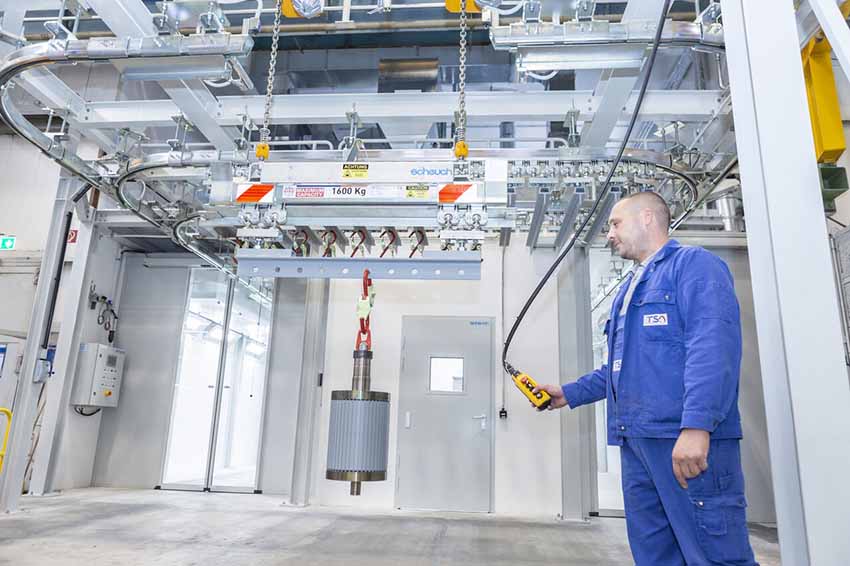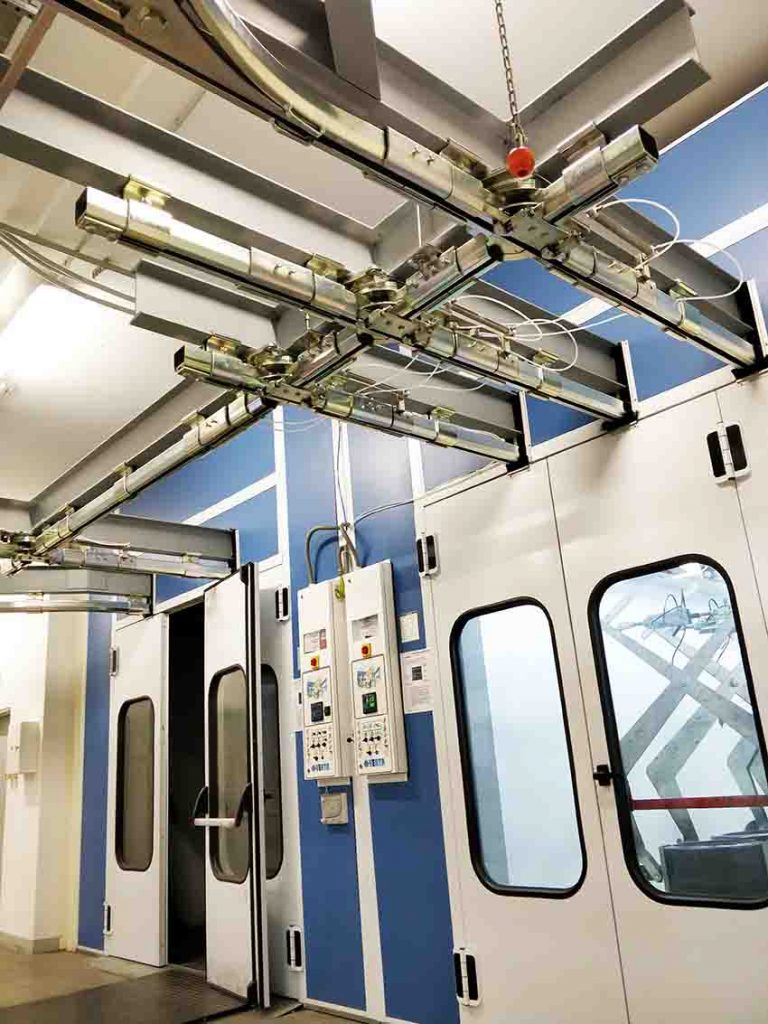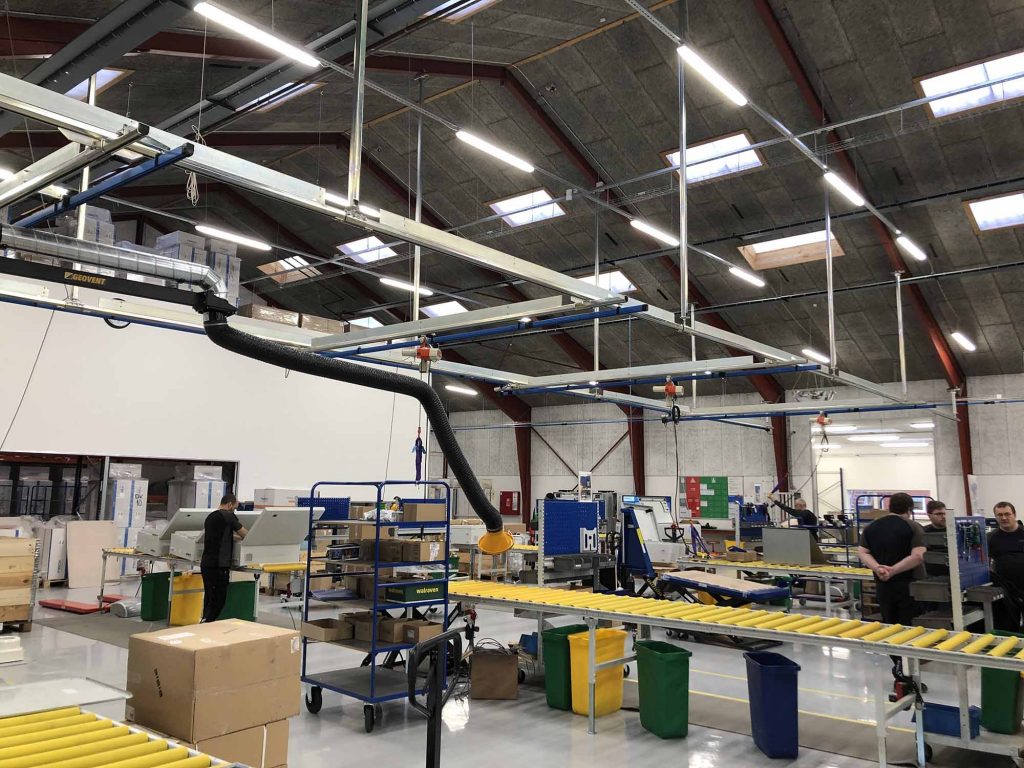NIKO was founded in 1972 and since then remains a family owned business focused on developing, manufacturing and marketing high quality sliding door fittings, handling systems, power feed systems and fall arrest systems. The company started its operation with direct export activity in the demanding market of Germany, allowing them to develop expertise and know how in such systems. Within the 50 years of NIKO’s presence, the company has established a direct presence in 7 countries including Austria, Germany, United Kingdom, Poland, China , USA and Greece and has expanded the network of its distributors to more than 70 countries.
Interview with Maria Forti, Marketing Manager at NIKO.
Easy Engineering: What are the main areas of activity of the company?
Maria Forti: NIKO designs complete handling systems and sliding door fittings while produces more than 10.000 part numbers that are applied in industries such as surface treatment, automotive, steel and structure, pharmaceuticals, aerospace, food processing, chemicals, wood, agriculture, logistics, defense industry, textile, entertainment etc. We strive every single day to exceed our clients’ expectations with emphasis on the productivity, high quality and durability of our products.
E.E: What’s the news about new products?
M.F: The recent years we have focused on evolving our overhead conveyors portfolio with bespoke solutions that respond to customer needs, especially in the surface treatment industry. Particularly, along with the manual systems, we are focusing on developing fully or semi automatic systems. Moreover, we recently completed the development of NIKO Aluminium cranes for loads up to 500kg and 7meter bridge length, in order to cover the demand for lighter crane profiles and cleaner environment. We are also developing cutting edge software, for showcasing NIKO systems through 3D overview and minimizing the quotation time for the client. Hence, the customer will have a thorough perception of the system purchased, while step files will be in user’s disposal for further editing.

E.E: What are the ranges of products?
M.F: 1. Sliding door fittings including Fittings for heavy duty sliding doors for industrial use like in warehouses, factories, horse stables and many more buildings. Fittings for light duty doors for interior use like wardrobes, pocket doors, room partition and others. Accessories for gate doors, cantilever sliding gates, and pedestrian doors
2. Handling systems including Overhead conveyor systems for loads up to 2.000kg, ideal for painting lines, assembly lines and general load transport. Light cranes and Jib Cranes for loads up to 2.000kg and 10m span, suitable for warehouses, storage facilities and production lines. Scaffolding runway systems for lifting and conveying loads on scaffolding used for the renovation and repair of buildings and facades.
3. Power feed systems with Cable trolley systems and conductor bars for supplying power to overhead cranes, electric chain hoists or other moving machinery.
4. Fall arrest systems that consist of EN795 certified products from TUV Austria and act as restraint system for people working at a height

E.E: What can you tell us about market trends?
M.F: For Conveyors:
According to numerous market researches, the shortage of workers, coupled with the growing adoption of industry 4.0 technologies, means many manufacturers and distributors are turning to automated systems and robotics to meet productivity requirements. Material handling operations are no exception. Systems that integrate with radio frequency identification (RFID) and other technologies provide greater efficiency and improve accuracy. However, with global energy crisis impacting the production costs, a manual or a semi automatic system could successfully cover client needs.
For cranes:
The growth in end-user industries due to urbanization is the key factor driving the global cranes market growth. Rapid urbanization has led to the development of end-user industries such as manufacturing, transportation, logistics, and utilities, increasing demand for cranes in these end-use industries.
The development of autonomous cranes will fuel the global cranes market growth. Modern cranes use intelligent software for a variety of functions, including changes in positions, velocity, and acceleration. Artificial intelligence (AI) allows machines to operate autonomously with the help of sensory input. Autonomous cranes can perform repetitive tasks without human intervention. AI helps control the material lifting and handling process by receiving and sending signals to the crane’s sensors.

E.E: What are the most innovative products marketed?
M.F: In the last two years, we have been developing semi-automatic conveyor systems in order to offer to our clients economic and versatile yet high quality solutions. In 2022 we designed some very efficient systems that increased client’s productivity while allowing us to “build” a know -how for such systems.
E.E: What estimations do you have for 2023?
M.F: We expect a growth in our overhead conveyor systems offering, driven by numerous factors such as the growing adoption of automated systems in manufacturing in parallel with the need of energy cost savings. One of the key advantages of NIKO systems is the high level of flexibility in operation adjustments, like switching from manual to automated function.

